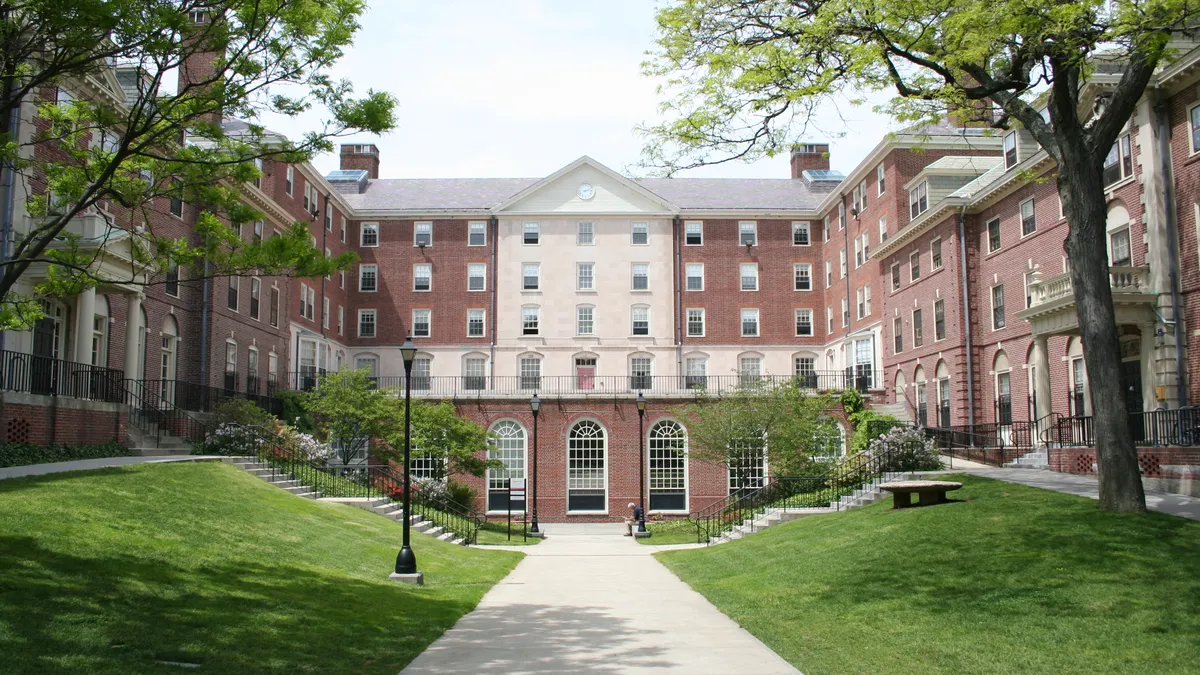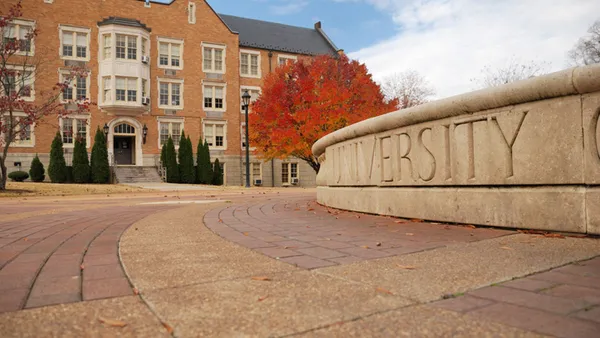Dive Brief:
-
The share of campus buildings that need renovations has continued to rise, particularly among those that haven't been updated in 10 to 25 years or more than 50 years. That's according to a new report from construction software firm Gordian based on data from 325 schools in the U.S. and Canada.
-
However, many colleges have been investing in new facilities — even though their deferred maintenance needs have grown and enrollment trends don't justify these expansions in many cases, the report's authors wrote.
-
Pandemic-related budget challenges will make it even harder for schools to invest in existing buildings, especially as many of them have dipped into their facilities budgets to respond to the crisis.
Dive Brief:
The investment needed to address facilities renewal and maintenance backlogs reached $106 per gross square foot in 2019, according to the report. This figure has steadily ticked up since 2007 and is expected to accelerate in the near future as colleges redirect facilities budgets to address pandemic-related costs.
State budget cuts could deepen these issues. Lawmakers didn't appropriate capital funds for the University of Alaska System for fiscal 2021, despite the institution facing a $1.2 billion backlog in deferred maintenance and facilities renewal, according to a recent New America report. Budget reductions within Wyoming's community college system are also forcing it to defer some maintenance projects.
Pressure on capital improvement is projected to grow. Two large waves of campus construction — one peaking around 1970 and the other in 2005 — will result in overlapping maintenance needs starting around 2030.
Around the same time, enrollment challenges are expected to grow as the number of high school graduates declines due to lower birth rates during the Great Recession. The Western Interstate Commission for Higher Education predicts their numbers will peak at close to 4 million in 2025 before falling through 2037.
Campus space expansions have been outpacing enrollment growth for a decade at bachelor's and master's institutions; research universities have managed to strike a balance. However, the pandemic may offer an opportunity for colleges to rethink their space needs, the authors wrote. Some employees may be able to continue working remotely after the crisis subsides, while large classes could permanently shift online.
Facilities leaders may also be able to take advantage of their heightened influence on campus, the authors suggested. They've often helped lead colleges' responses to the pandemic and had a key role in decisions about digital and physical campus upgrades, such as ventilation and waste removal.














